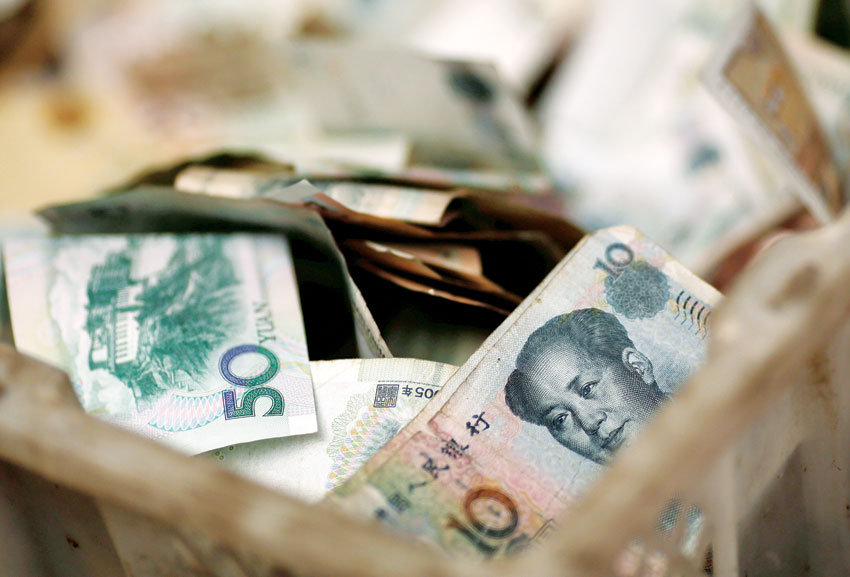

SHANGHAI: China’s central bank surprised financial markets on Friday by raising short-term interest rates on the first day back from a long holiday, in a further sign of a tightening policy bias as the economy shows signs of steadying.
While the rate increases were modest, they reinforced views that Chinese authorities are intent on both containing capital outflows and reining in risks to the financial system created by years of debt-fuelled stimulus. Higher interest rates could prod debt-laden firms into deleveraging, though at the risk of stunting growth.
“It appears to be an intent to control a real estate bubble. It could also be aimed at arresting the yuan’s depreciation, although it is on the reverse repo they touched upon and the impact remains to be seen,” said Naoto Saito, Chief Economic Researcher at the Daiwa Institute of Research In Tokyo.
“All in all, it comes across as a move to tweak interest rate levels to accompany a broader monetary policy shift.”
The People’s Bank of China (PBoC) raised the interest rate on open market operation reverse repurchase agreements (repos) by 10 basis points, effective on February 3.
Two banking sources said it also raised the lending rates on its standing lending facility (SLF) short-term loans.
Analysts said the tightening of primarily money market rates suggested the PBoC wanted to retain policy flexibility as it balances the need to keep the economy from slowing again.
In late January, the PBoC raised rates on its medium-term loan facility (MLF) for the first time since it debuted the liquidity tool in 2014. It was the first time it has raised one of its policy interest rates since July 2011.
Analysts expect any further steps to be gradual as policymakers weigh their impact on economic growth, and believe the PBoC will be in no hurry to raise the policy lending rate for now. The one-year policy lending rate was last cut in October 2015 to 4.35 per cent.
“China’s economic recovery is still shaky, while the global economic situation is unstable, so raising open market rates is more appropriate than raising benchmark rates,” said Li Huiyong, Chief Economist at Shenwan Hongyuan Securities. “It’s a flexible tool, which can be easily reversed if China’s economy shows signs weakness again.”
The world’s second-largest economy grew 6.7 per cent last year — roughly in the middle of the government’s target range.
But heavy policy stimulus — evident in record lending from mostly state-owned banks and increased government spending — has fuelled worries among top leaders about the risks of high debt levels and an overheating housing market that could threaten financial stability if not addressed.
China’s debt to GDP ratio rose to 277 per cent at the end of 2016 from 254 per cent the previous year, with an increasing share of new credit being used to pay debt servicing costs, UBS analysts said in a note.
SUFFICIENT LIQUIDITY: Asian stock markets extended modest early losses after the rate rise, while China bond futures fell as much as 1.5 per cent at one point. The PBoC raised the seven-day open market operations rate to 2.35 per cent from 2.25 per cent.
Oman Observer is now on the WhatsApp channel. Click here



